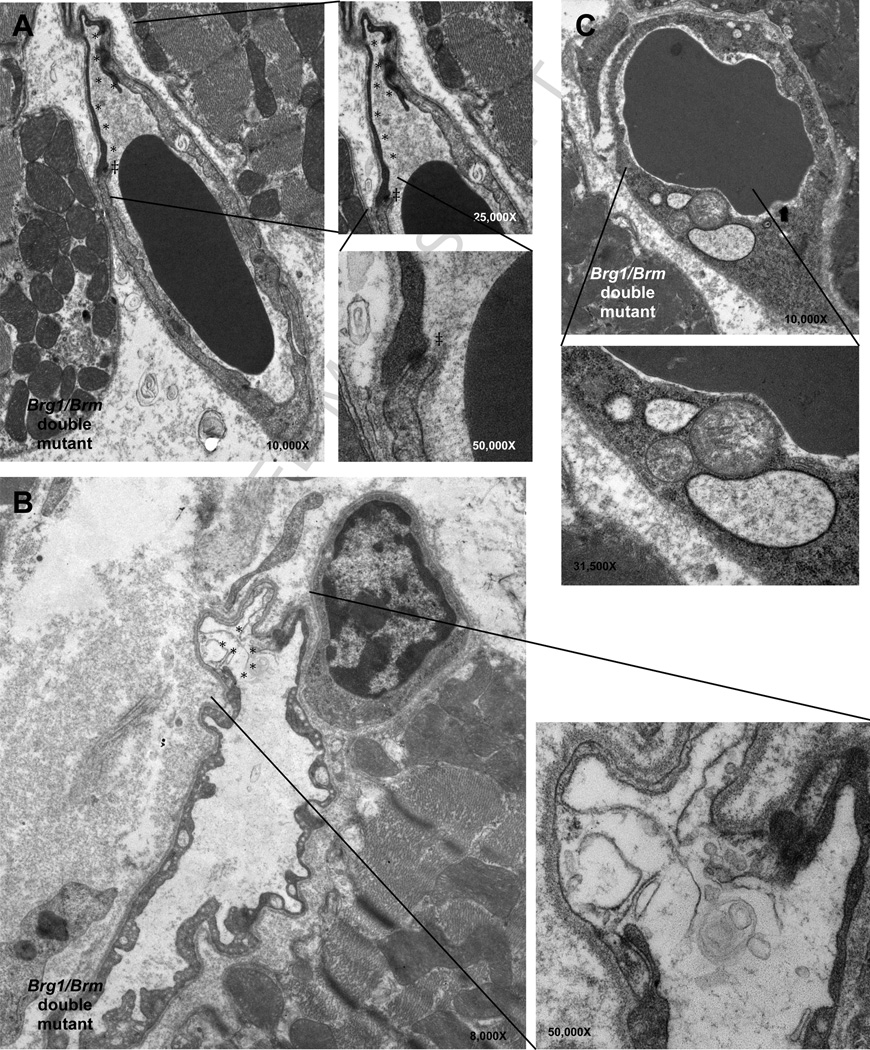Figure 2. Functional compensation of BRG1 and BRM in adult vascular endothelial cells of the heart.
Transmission electron micrographs reveal 2 ultrastructural defects of cardiac endothelial cells in many of the capillary vessel walls 25 days after temporal induction of the Brg1 mutation. A and B, Dying endothelial cells are present in the capillaries of treated BRG1/BRM double mutant mice (asterisks). Throughout the cardiac capillary bed, gap junctions between endothelial cells were intact between healthy cells as well as between affected cells. Note that even between viable and injured cells the gap junctions are intact (double-daggers). C, Vascular endothelial cells from treated BRG1/BRM double-mutant mice have swollen mitochondria (white daggers) and rough endoplasmic reticulum (black daggers), which are characteristic changes found in cell death. A and C correspond to the epicardium; B corresponds to the endocardium. Reprinted from: Willis, et al., 2012 [41], with permission.

